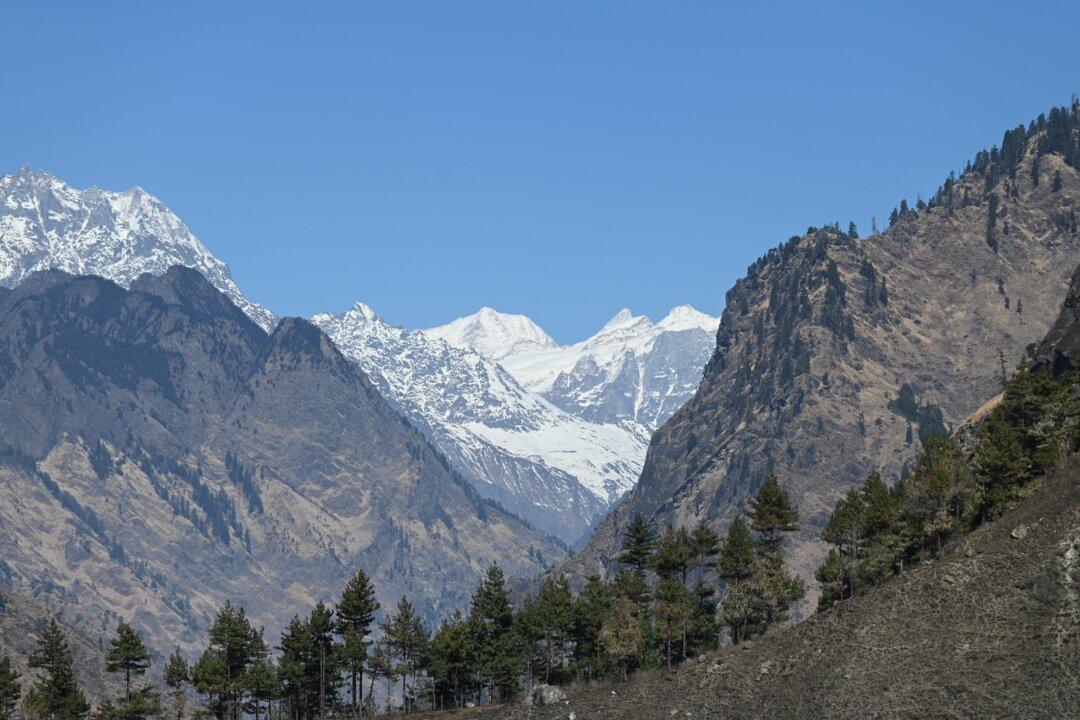NEW DELHI—Divided by a colonial-time boundary that initially separated Tibet and colonial India and now the boundary of contention between the two most populous countries of the world, the Himalayas unlike never before are narrated by two different paradigms drawn very distinctly along two different political lines—democracy vs. communism.
According to Gabriel Lafitte, author and a noted expert on Tibet’s environment, this division is causing confusion in understanding what’s happening with the Himalayas.





